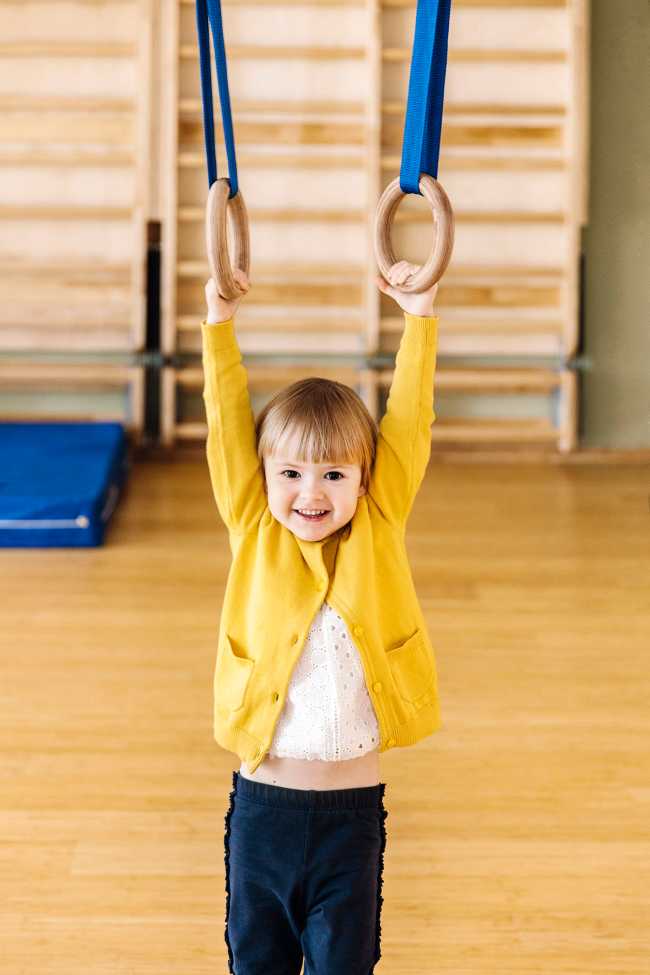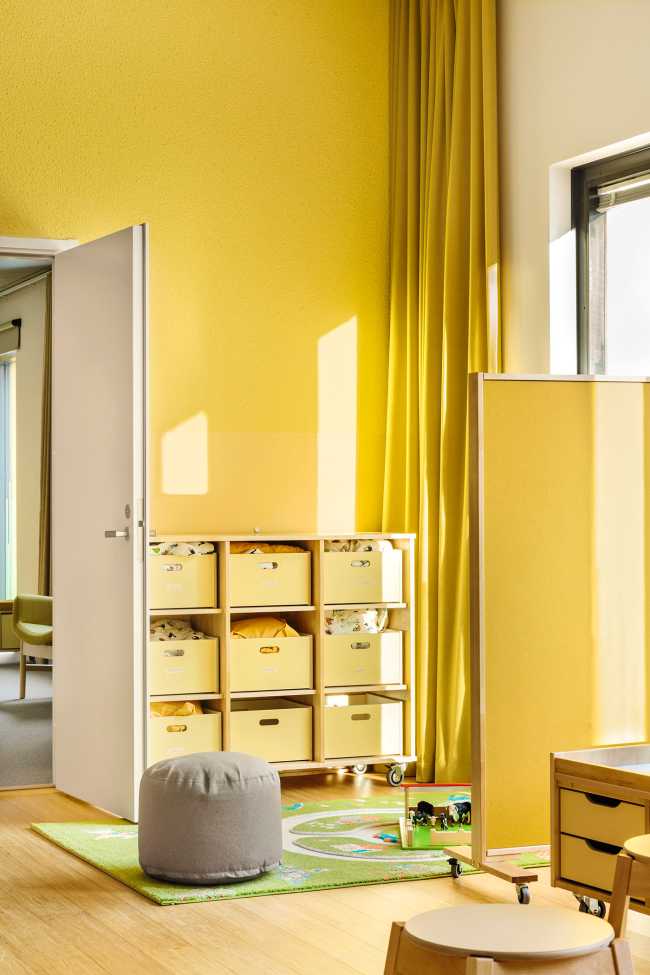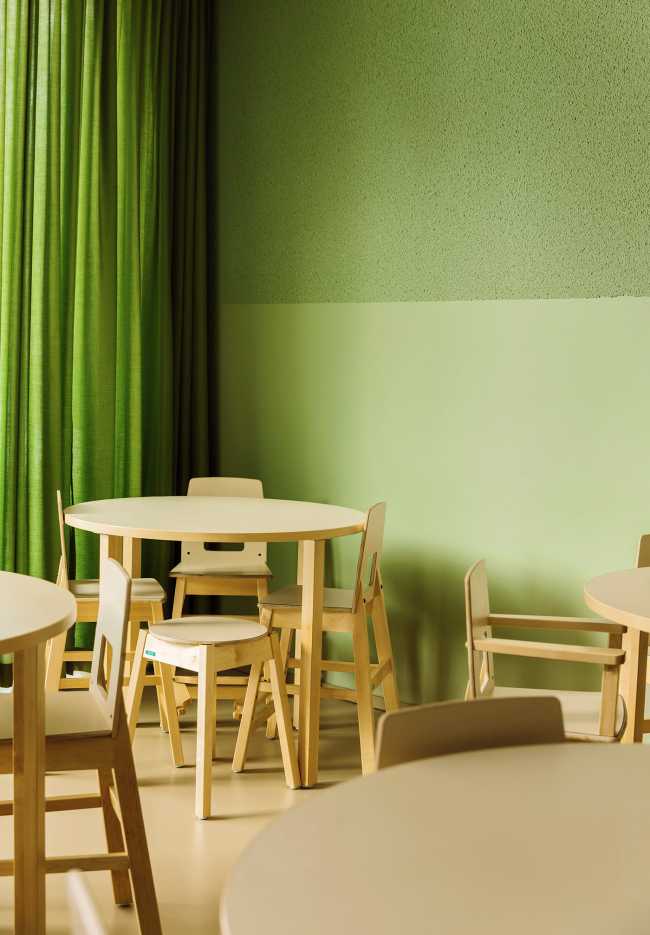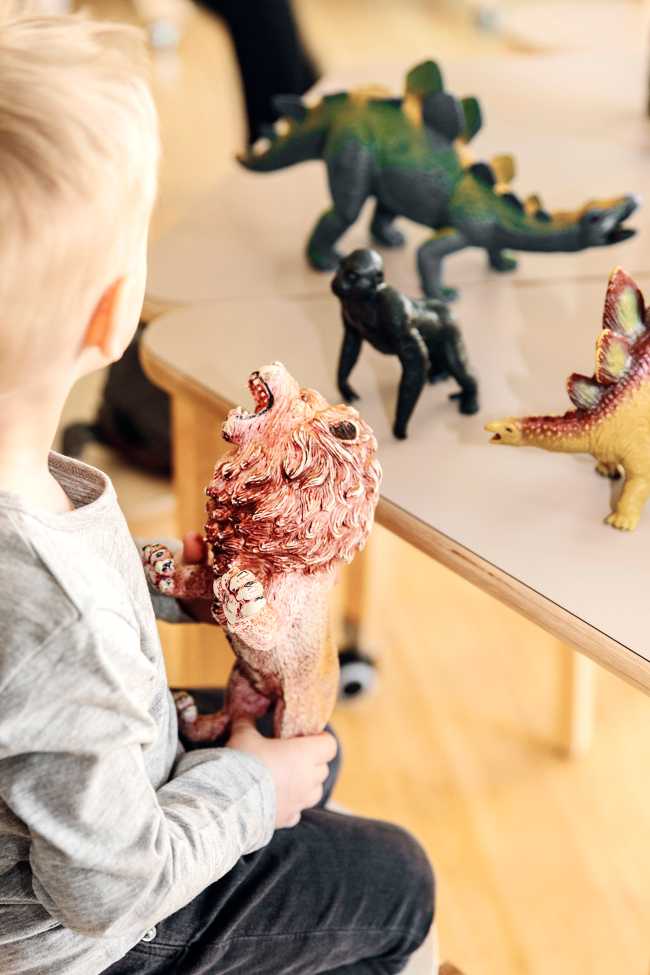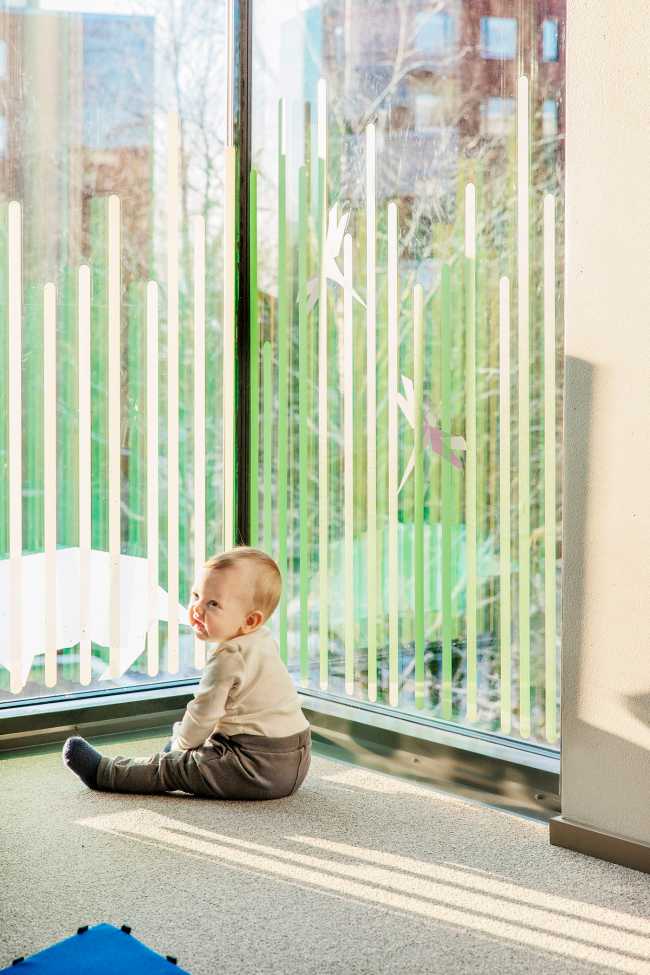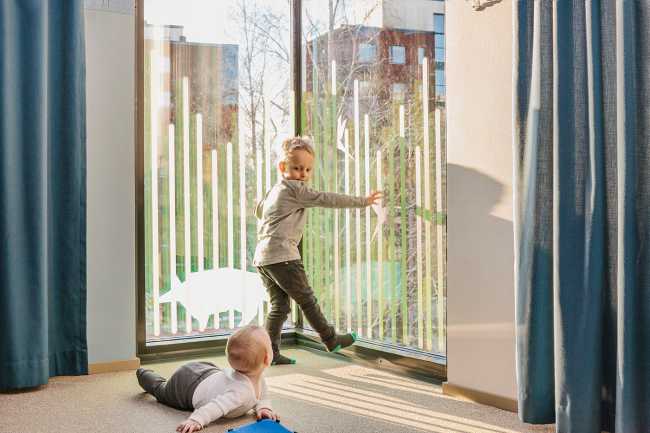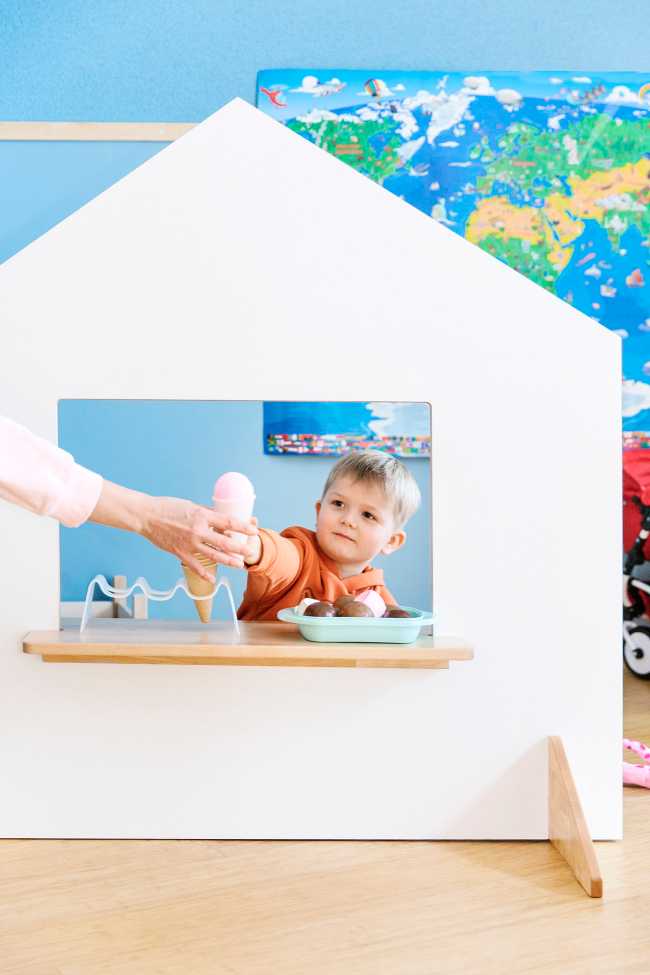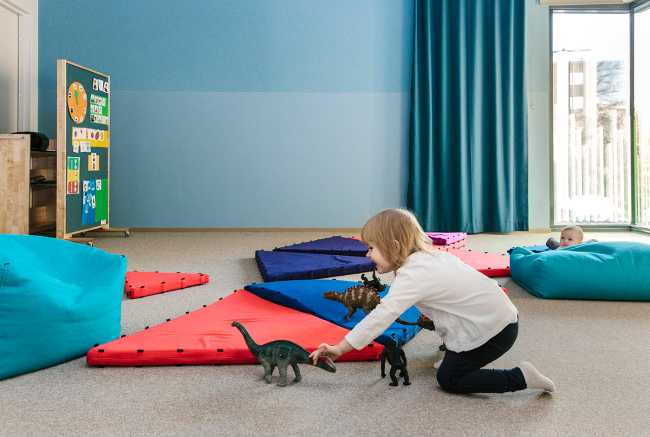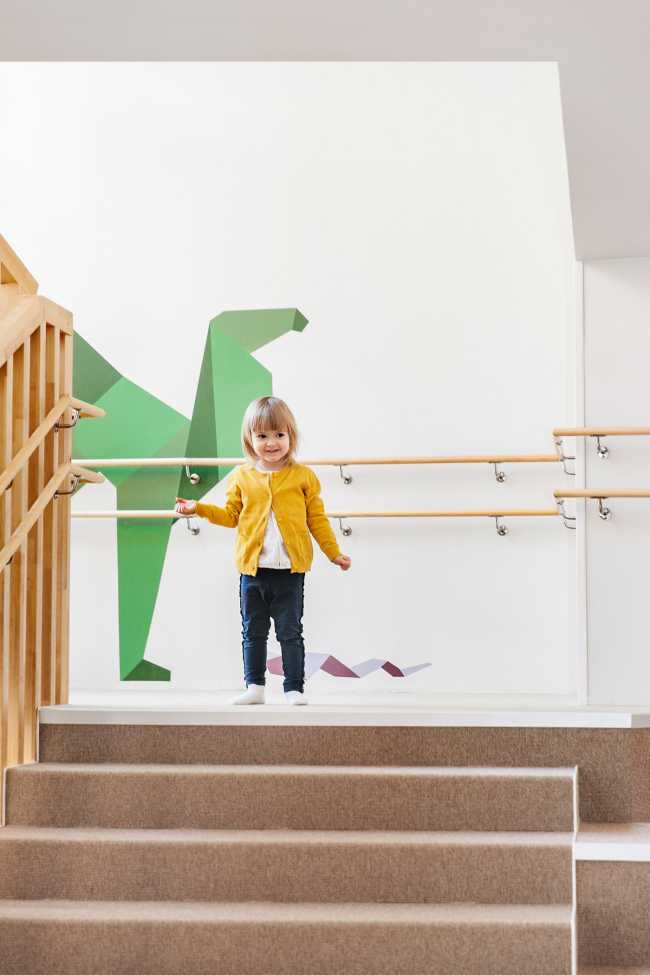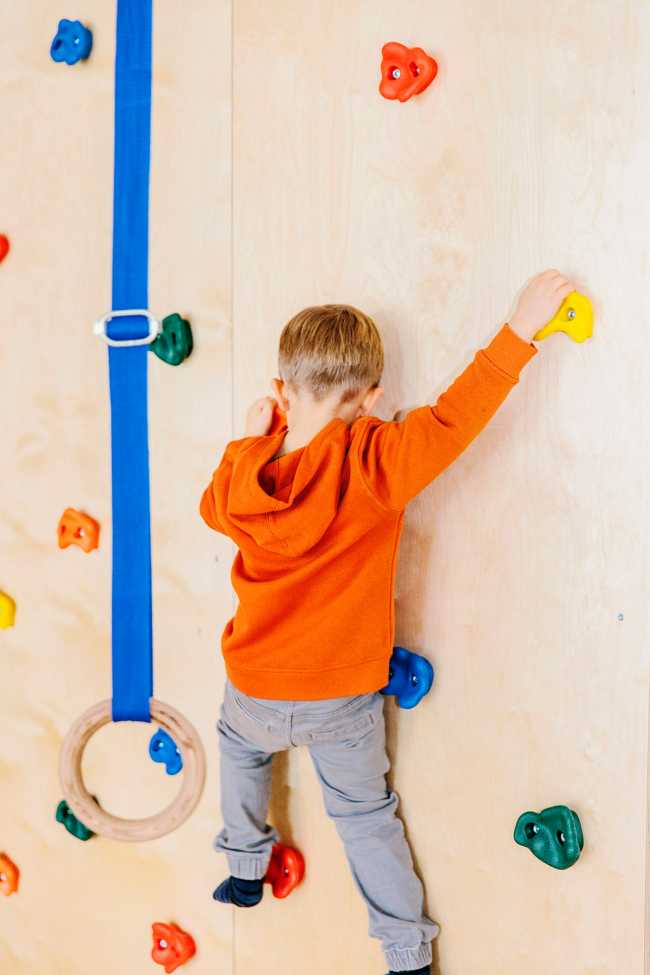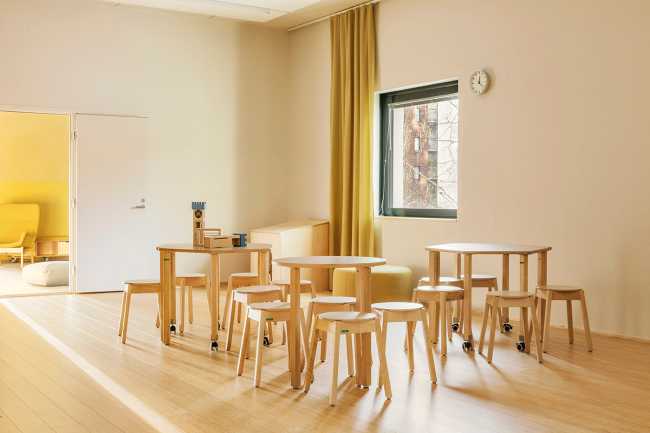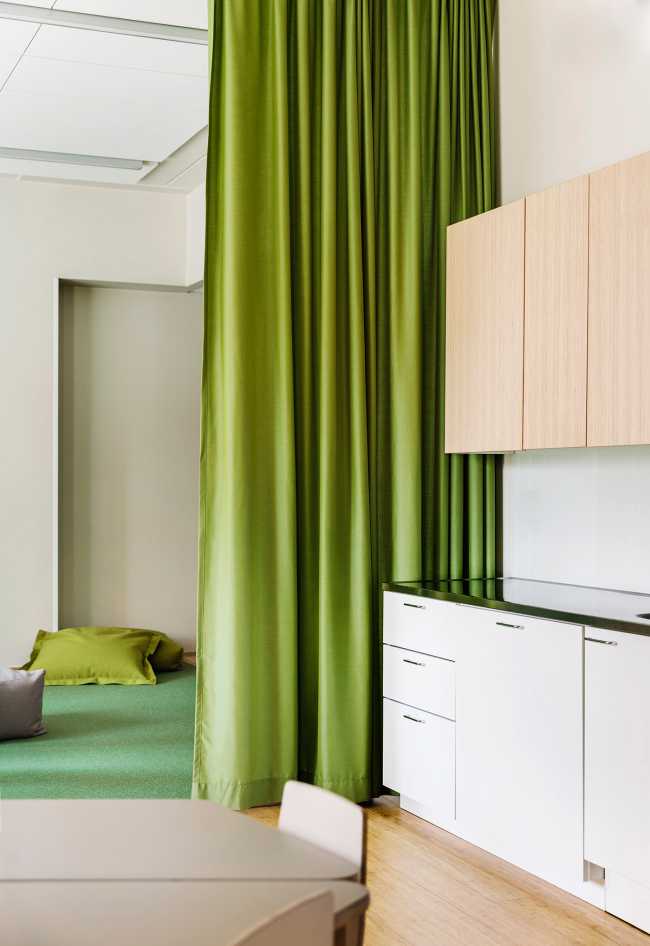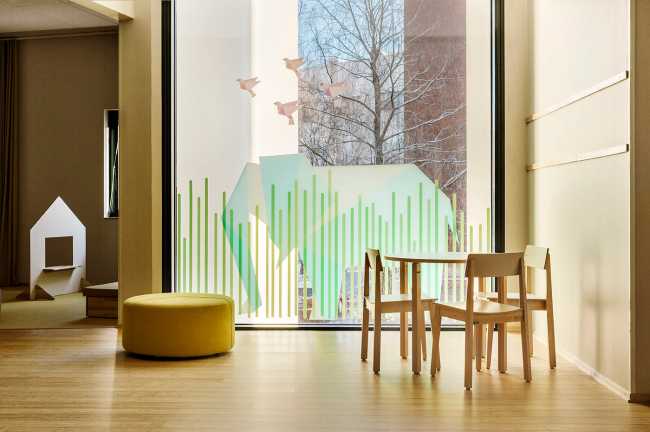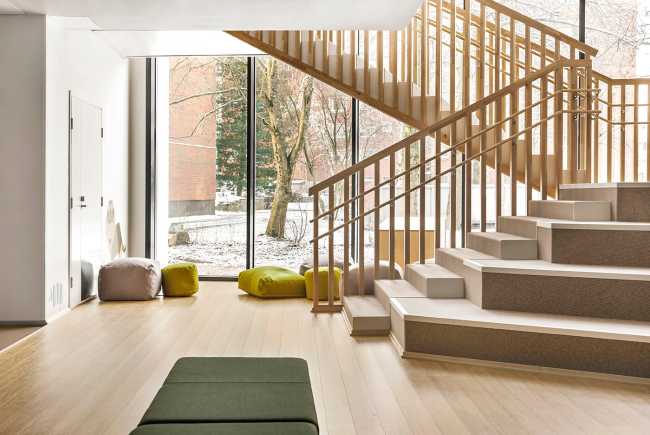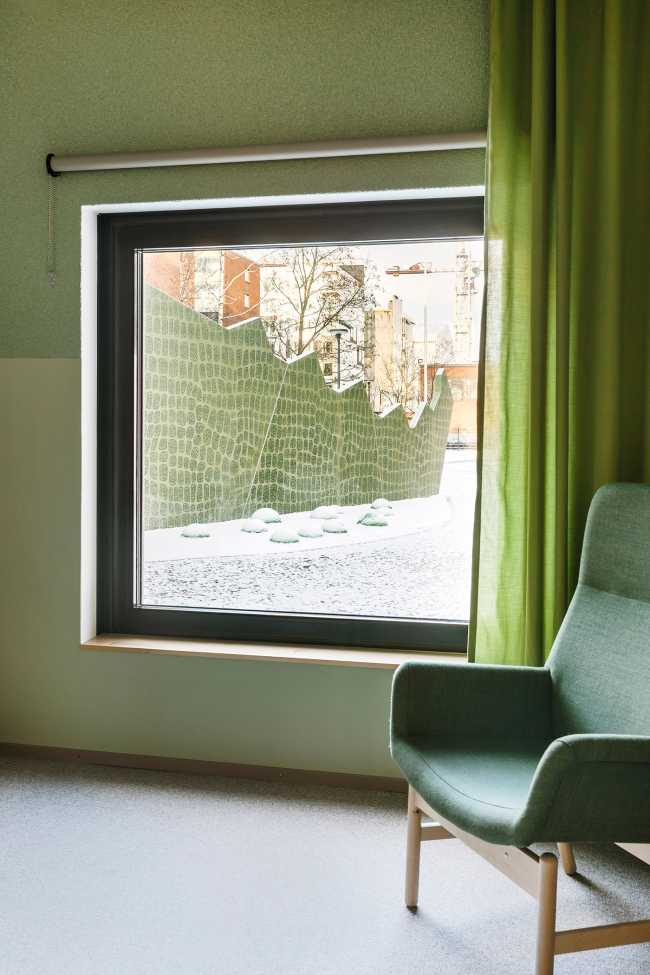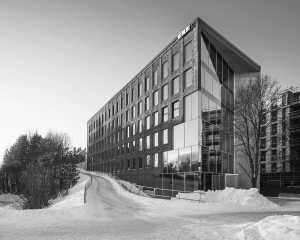The Parviainen Architect-designed public architecture of the Tikkurila Day Care Center, with its white-plastered facades dotted with vibrant colors, contrasts with the surrounding seven-story, red-brick buildings. The building's placement is intended to give children as much recreational space as possible. The building consists of two identically sized cubes connected by a glazed joint, which also includes the main entrance. The building is open to local residents, which is why the appearance of the second floor is more transparent and welcoming
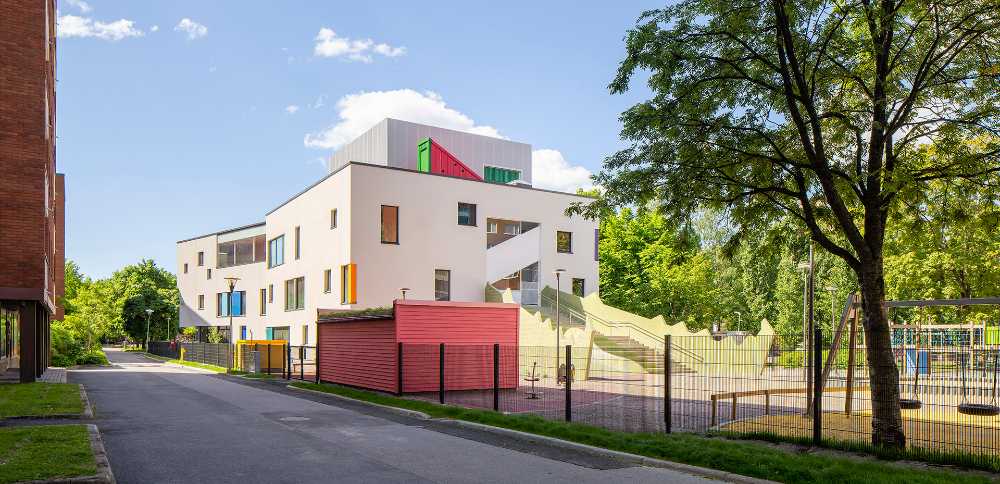

The principles of Finnish children's education guiding the architecture of the Tikkurila Day Care Center
The new Tikkurila Day Care Center, located in the heart of Vantaa, Finland, has a lively and energetic appearance, yet is full of small-scale projects that interact with its young users, making it the nation's largest day care center at three floors
- #Europe
- #Finland
- #New construction
- #Nursery
- #Wood
- #Glass
- #Concrete
- #Color
- #Architectures
- #Architecture
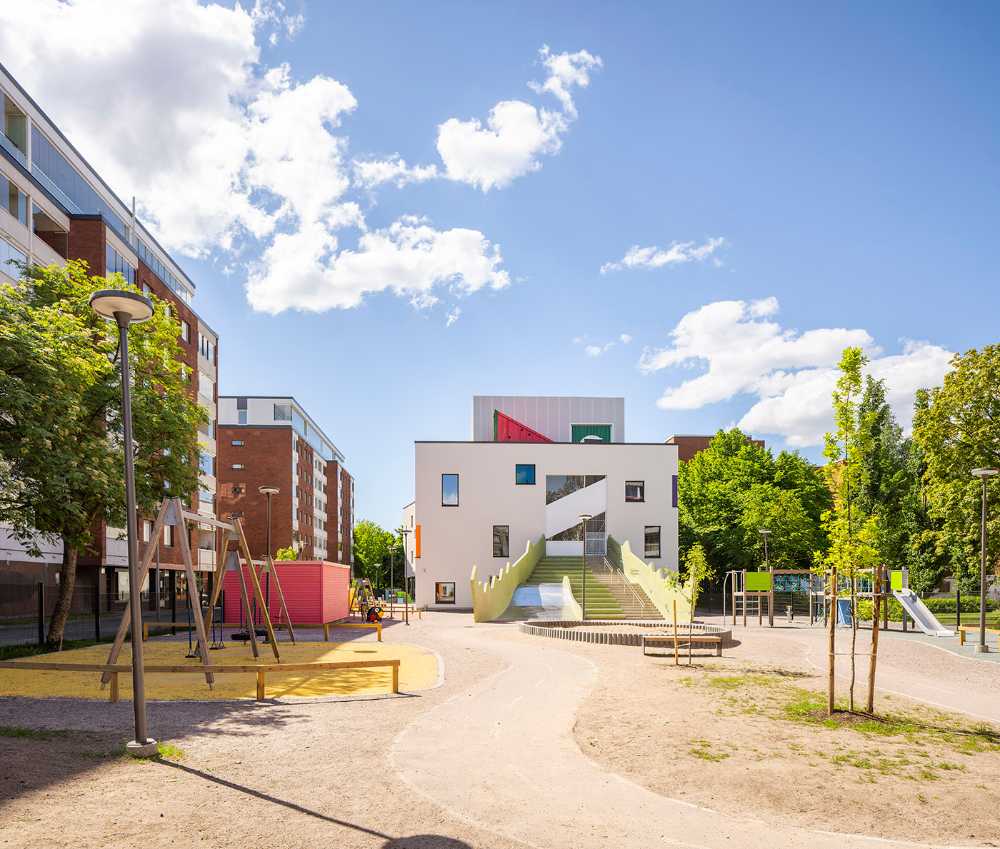
Pedestrians can see what's going on in the building through the large windows that face the pedestrian street. With over 250 children, the nursery is one of Finland's largest, and the first one built on three floors. On the garden side, a giant crocodile made of concrete was designed so that children could slide out of the building instead of up the stairs. The crocodile's mouth serves as a canopy during rainy days and its stomach can accommodate many toys
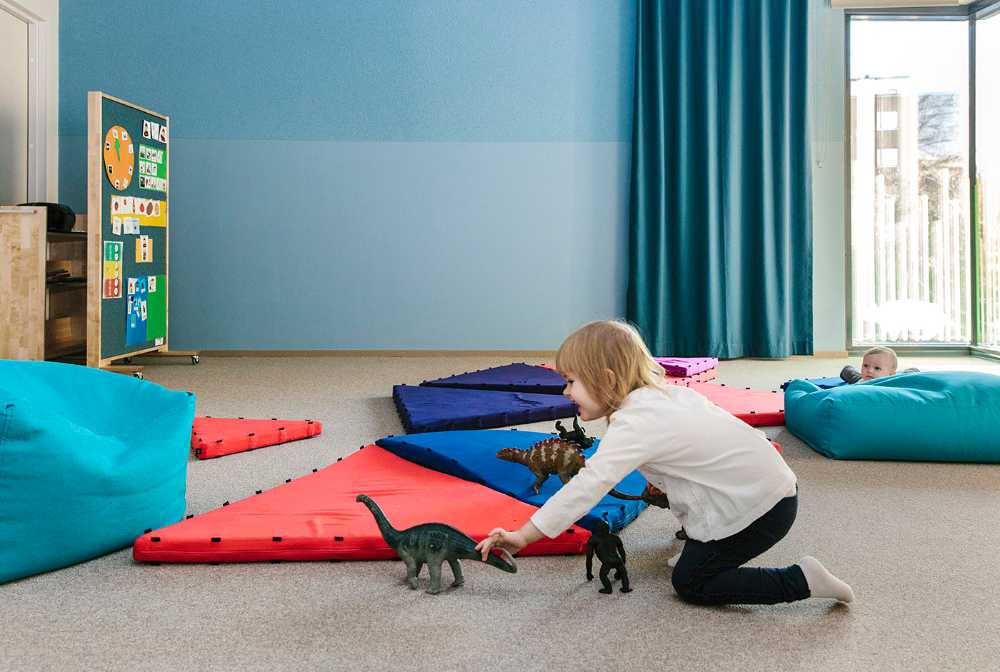
Splashes of bright colors enhance the appearance of the building's bright main volume. Since the main audience of the building is children, the goal was to give the building a happy and energetic look. The bright colors of the facade are also visible on the surfaces of the garden and its small buildings, making it easy to perceive the spectrum of the courtyard from the upper floors of the adjacent residential buildings
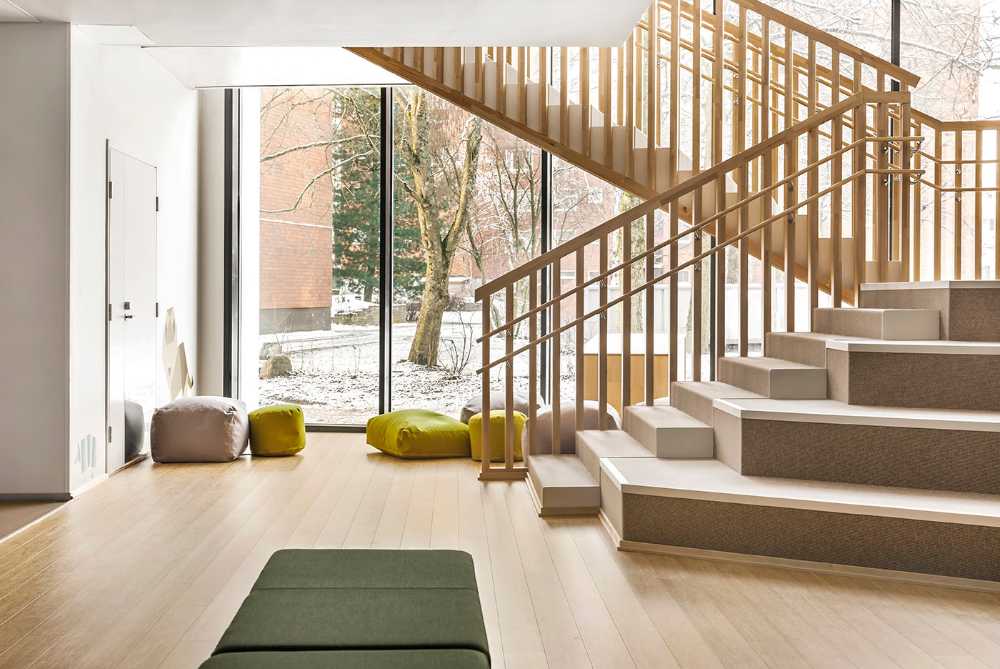
Finnish educational principles of an open learning environment set the guidelines for the interior architecture. Acoustics played a central role in the design: a variety of soft textures of floors, walls and furniture distinguish the spaces. The difference in color saturation levels of the interior and exterior play to the energy and sound levels desired by the children: vibrant and lively outside, more subtle and welcoming inside
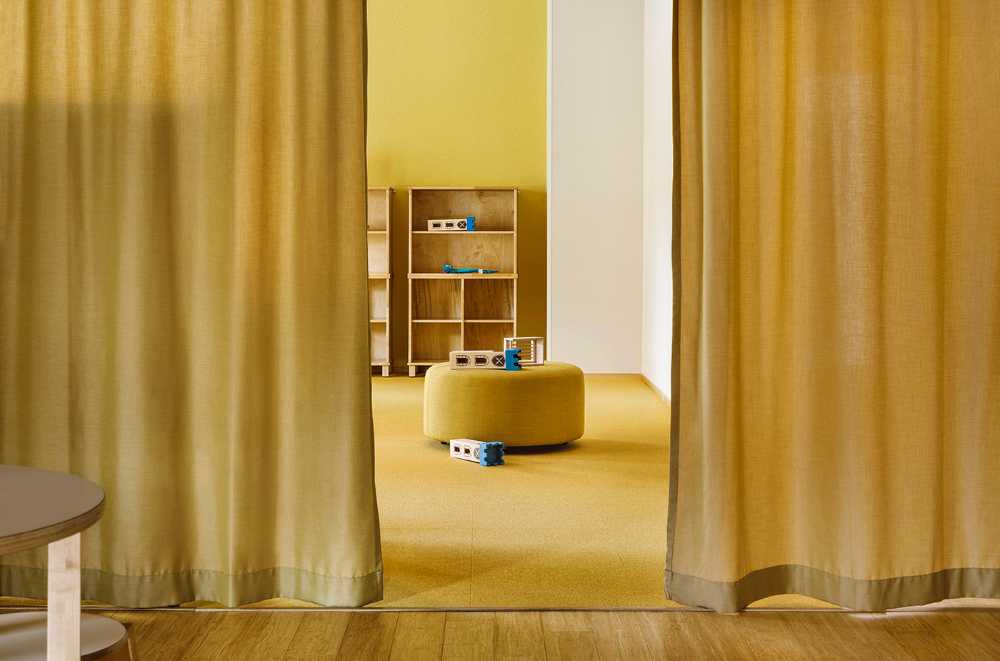
The first floor is light moss green, the second floor is yellow, and the third floor is blue. A handful of carefully placed animal graphics further help children to find their way and bring joy to each encounter
Gallery
Photo credits
Top image: Decopic_Mika Huisman
Content Images: 1 Decopic_Mika Huisman - 2, 3 & 4 GUT Studio_Suvi Kesäläinen
Gallery images: Studio_Suvi Kesäläinen

